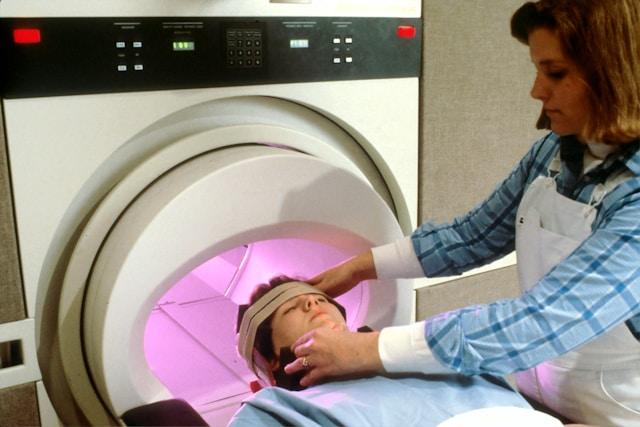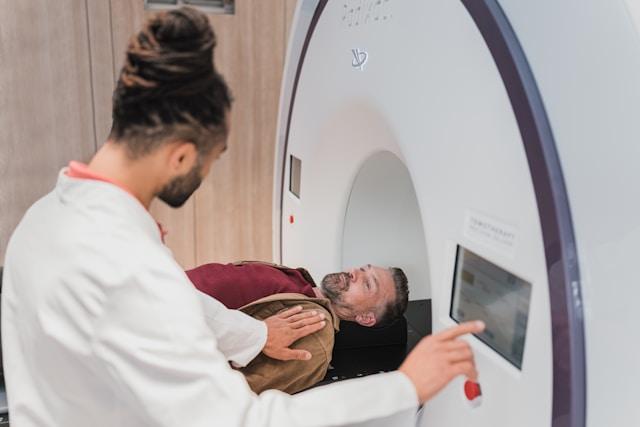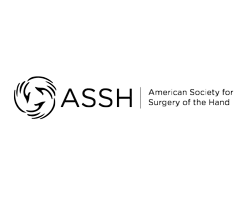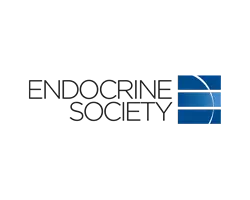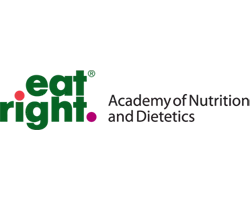What Is a Winged Scapula?
Winging of the scapula due to long thoracic nerve (LTN) injury is a fairly common diagnosis and should be treated as a significant functional problem. The LTN originates from the cervical 5,6 and 7 nerve roots and innervates the serratus anterior muscle. The main job of the serratus anterior muscle is to hold the shoulder-blade against the chest wall to stabilize the shoulder during certain motions. A winged scapula is a condition in which the scapula (shoulder blade) sticks out from the back because the anterior serratus muscle is not working correctly. It can be partial or complete and leads to mechanical destabilization of the shoulder when raising the arm or doing a push-up type motion. This problem can result in significant shoulder dysfunction and pain. Sports injuries, blunt or compression injury to the shoulder or base of neck, whiplash or any direct trauma to the neck and shoulder can cause a LTN injury resulting in a winged scapula. It is not uncommon for scapular winging to be accompanied by other forms of injury or conditions of the shoulder and/or brachial plexus. Specifically, Injury to the upper trunk of the brachial plexus is commonly associated with the proposed stretch or compression mechanisms causative of this injury.
Susceptibility of the LTN to injury arises from some unique anatomical features. The nerve is small in diameter especially in contrast to the relatively robust adjacent nerves of the brachial plexus. The nerve root contributions or the actual LTN course through the middle scalene which provides a vulnerable point of injury to the nerve. Last, the length of the nerve provides some additional vulnerability to injury as well.
Diagnosis
Physical examination typically reveals medial deviation of the inferior angle of the scapula and prominent winging of the medial border of the scapula with backward pressure on the shoulder as in pushing off a wall. Superior elevation of the scapula is also noted. Overhead movements of the arm and shoulder cause significant discomfort and feelings of shoulder instability. The degree of winging can be quantified by angle of posterior projection of the inferior scapular border from the chest wall at the point of maximal winging. Most patients with long thoracic nerve injury also show weakness of the deltoid and biceps muscles on examination.
EMG (electrical) testing of the long thoracic nerve and the serratus anterior muscle can be very challenging. This is related to the difficulty of placing a recording needle within the substance of the serratus anterior muscle given its relatively deep location on the chest wall. Therefore, normal EMG results in the presence of obvious clinical winging is usually scrutinized. Ultrasounds guidance is beneficial to assure the correct.
Radiologic studies are important as well. Standard x-rays, MRI of the shoulder and MR neurography of the neck to evaluate the upper trunk of the brachial plexus and the LTN all may be needed to help support the diagnosis and to rule out other causes.
In the presence of scapular winging, compensatory muscular activity required to improve/maintain shoulder stability is associated with secondary pain and spasm. Resultant secondary conditions include muscle imbalances and tendonitis around the shoulder joint, adhesive capsulitis, sub acromial impingement and brachial plexus radiculitis.
Direct trauma to the nerve is more rare but does occur. When the nerve is cut during trauma or surgery, a repair needs to be performed. If repair fails, then nerve transfer or muscle transfers are then considered.
TREATMENT
Treatment as with many conditions, depends on the time of presentation and severity of symptoms. Once an adequate working diagnosis has been made then there is a better understanding of the treatment pathway. Traditional management has relied heavily on conservative therapy which includes physical therapy, pain management and time. If conservative therapy fails then surgery can be considered.
We now have a better understanding of winged scapula being caused by traction injury or compression to the LTN in the supraclavicular region, predominately at the middle scalene interface. Decompression and neurolyisis of the LTN and the Upper trunk of the brachial plexus is a proven viable surgical option in the appropriate patient population.
Historically, surgical options have focused on mechanical alterations only and included pectoralis tendon transfers and/or fixed tethering of the scapula to the chest wall (scapulothoracic arthrodesis). These surgical options still are available if nerve regeneration does not occur with the more simple nerve decompression surgery.

